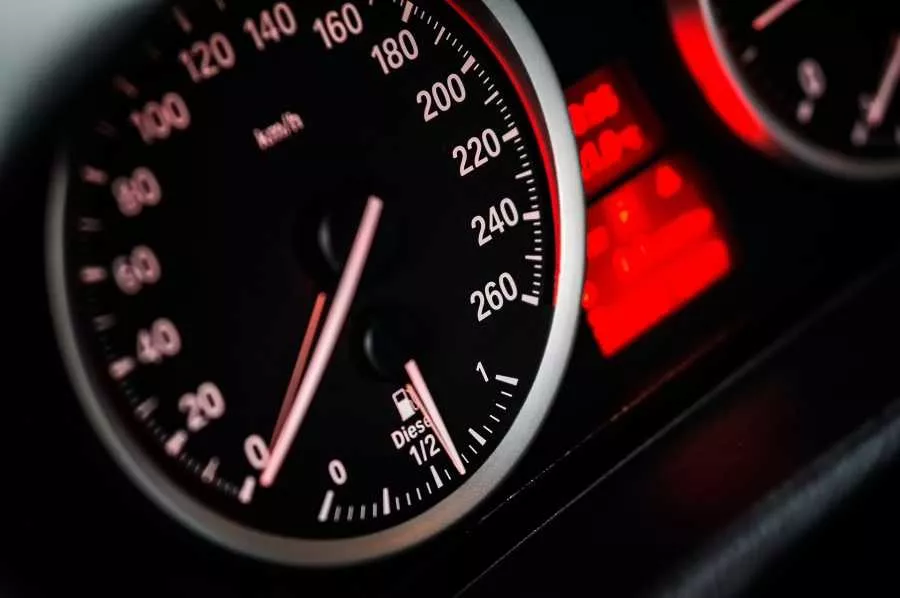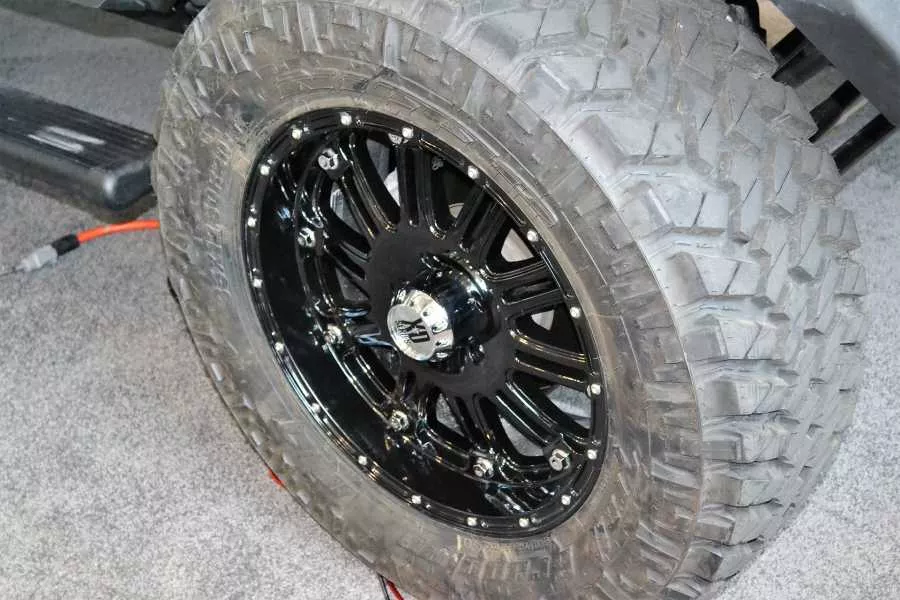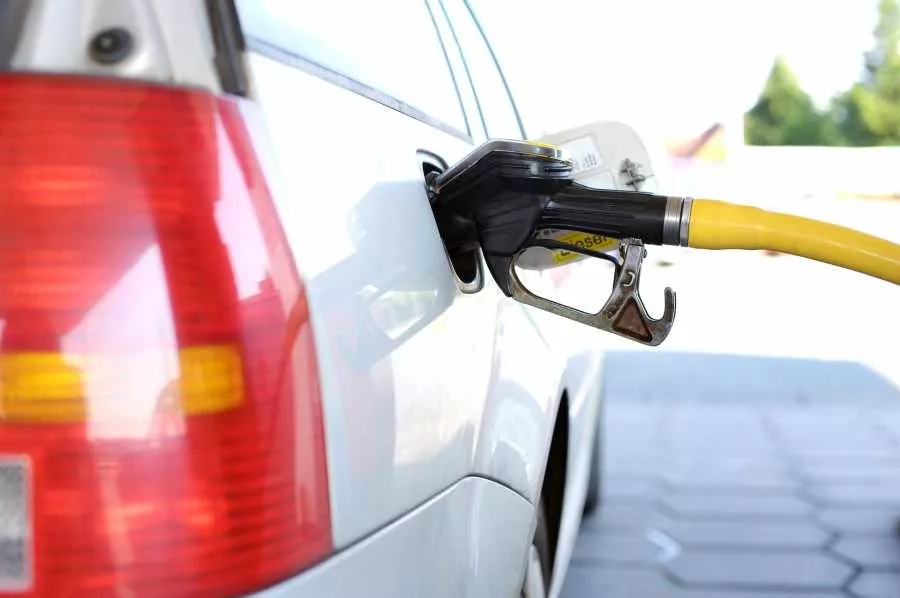The first thing people admire about a car is the looks. One prominent visual feature on the modern automobile is that set of wheels housed within the fenders, and for many car owners, changing those discs is part of personalizing one’s ride.

Aftermarket wheels are among the more overt ways to personalize your ride
On instances when the stock wheels look just a little too skinny or otherwise don’t fill out the arches too well, which might drive the owner to plus size them. The upgrade in dimensions ranges from going up just a couple of inches to slapping on a set of dubs or ‘double dime (ten)’ alloys, referring to the minimum diameter of 20 inches.
There are apparent benefits to plus sizing the wheels on a vehicle, the most obvious being the appeal to the owner’s gratification. Bigger wheels tend to be better proportioned with the rest of the car, and that’s not even mentioning the practically endless selection of designs that can complement the machine’s looks.

There's a wheel design that is bound to go perfectly with your car's looks
The improvements aren’t just cosmetic either, as the increased contact patch enables the vehicle to transfer more of its power output to the road surface through the wheels. Bigger wheels entail bigger tires as a result, translating to better traction. Cornering ability also benefits from plus sizing, as the reduced sidewall also cuts down on body roll, making the vehicle more stable on turns.
Before you rush to the nearest wheel shop, however, there are downsides to moving a size or two higher than stock when it comes to your vehicle’s rollers.
The car is more vulnerable to errors
Designers and engineers crunched the numbers to ensure that every aspect of the car performs as best as it can under optimal conditions.

Components such as speedometers are sensitive to wheel size
The stock wheel size is part of that delicate balance, as many of the car’s functions relating to tire rotation such as the speedometer, odometer, and transmission gearing depend on it. Changing the wheel size instantly alters the information being fed into the car’s computer, which can adversely affect certain features such as anti-lock brakes and traction control.
Maneuverability is compromised
A large contact patch is useful for traction, but the tradeoff is that the increased wheel size requires more steering effort. Some manufacturers add material to make the wheel more substantial and compliant with load requirements. The consequence is that the wheel becomes heavier than the suspension was designed to accommodate.

A bigger wheel adds to the load that your vehicle has to carry
With the increased unsprung weight, excessive wear on the dampers, bearings, and even brake systems is an even greater risk than before. Oh, and the tires will wear out faster too, especially if you switch to low-profile radials that compensate for the increased wheel diameter with a thinner sidewall.
Increased fuel consumption
The added mass of the wheels to the car’s curb weight means the engine now has more to lug around on a regular basis.

Expect more frequent fuel stops when you upsize your wheels
This isn’t so much apparent on more powerful mills under the hood, but engines with smaller displacements will likely be strained under the effort. Sure, a bigger wheel lets you travel farther before the tire completes a full rotation, but this will be offset by the more frequent fuel stops you’ll need to make.
What isn’t a good idea is skipping out on our updates and tips on Philkotse.com.
Recent posts
- Car rims and wheel types Feb 24, 2021
- How does car wheel size affect its performance? Nov 30, 2022
- If The Shoe Fits: Choosing Aftermarket Wheels Sep 29, 2017
- 4 drawbacks to bigger wheels Jan 22, 2018
- Three advantages of bigger wheels May 09, 2017












